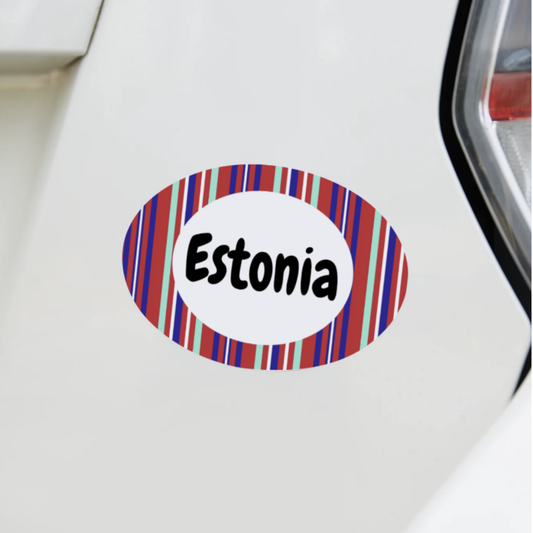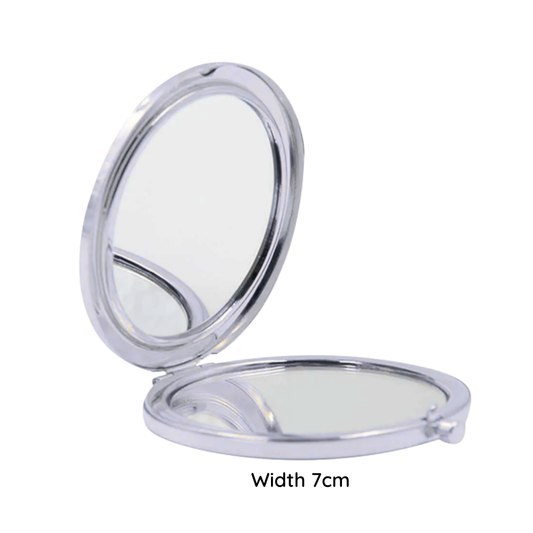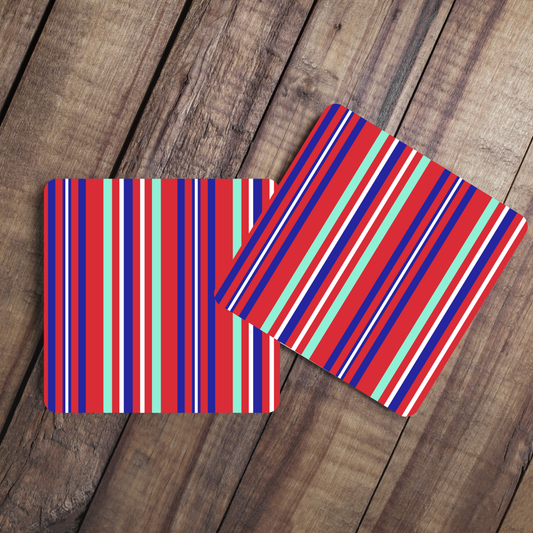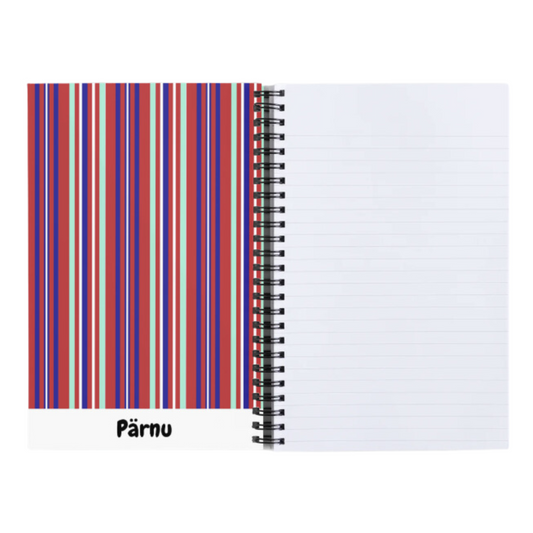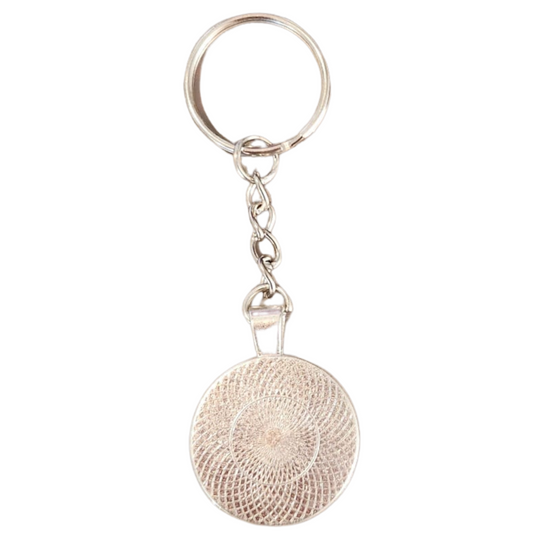Collection: Pärnu
Pärnu Parish or Pärnu-Eliisabet Parish (in Estonian Kirchspiel Pernau-St. Elisabeth ) was a historical parish in Pärnu County and Pärnu District of Livonia Governorate. The parish included the area around the city of Pärnu, the northern part of Sauga rural municipality and Uulu village, and small parts of Are, Audru, Paikuse, Häädemeeste and Surju rural municipalities. The parish was formed at the beginning of the 17th century on the territory of the Estonian-speaking congregation of St. John's Church.
It is quite understandable that folk costumes disappeared from the areas around the city of Pärnu already in the middle of the 19th century. People from the surrounding villages often went to the city to sell farm products and buy something for themselves, because the peasants were modeled after city fashion and foreign goods in shops. When the Estonian National Museum began collecting at the beginning of the 20th century, it became clear that old ethnographic objects could no longer be found in attics or barns in the villages around Pärnu.
In the small town of Sindi, folk costumes disappeared around the 1840s, when the Sindi Kalevivabrik began operating there, and its employees were mostly farmers from the surrounding area. They developed their own fashions and folk costumes disappeared from circulation.
When making a clothing set for the Pärnu Elisabeth Parish, one inevitably has to accept borrowing items from one's closest neighbors.
-
BFS Bumper Sticker Pärnu
No reviewsRegular price $6.00 AUDRegular priceUnit price / per$10.00 AUDSale price $6.00 AUDSale -
BFS Mouse Pad Pärnu - 1 available Black FRIDAY SALE
No reviewsRegular price $18.00 AUDRegular priceUnit price / per$24.00 AUDSale price $18.00 AUDSale -

 Sale
SaleBFS Pen Pärnu
No reviewsRegular price $7.00 AUDRegular priceUnit price / per$10.00 AUDSale price $7.00 AUDSale -
Bumper Sticker Pärnu
No reviewsRegular price $10.00 AUDRegular priceUnit price / per$0.00 AUDSale price $10.00 AUD -
Compact Mirror Pärnu
No reviewsRegular price $15.00 AUDRegular priceUnit price / per -

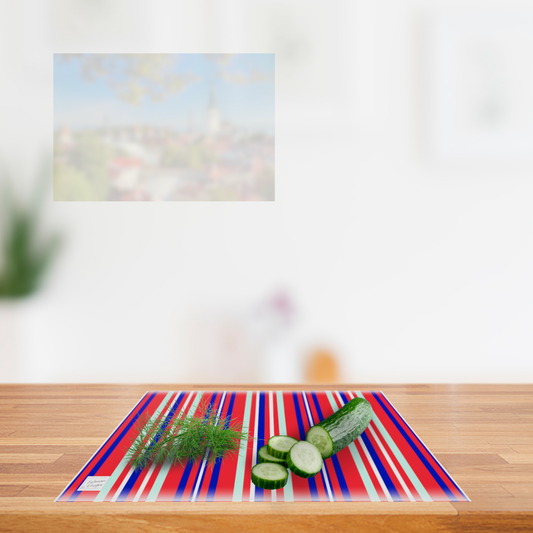 Sold out
Sold outGlass Chopping Board Pärnu
No reviewsRegular price $25.00 AUDRegular priceUnit price / per -
Leather Coaster Pärnu
No reviewsRegular price $12.00 AUDRegular priceUnit price / per -
Mouse Pad Pärnu
No reviewsRegular price $24.00 AUDRegular priceUnit price / per -
Notebook Lined Pärnu
No reviewsRegular price $24.00 AUDRegular priceUnit price / per$0.00 AUDSale price $24.00 AUD -

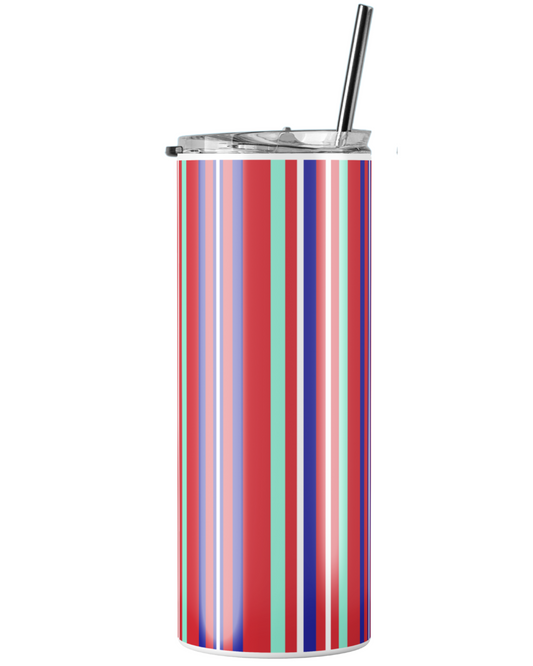 Sale
SalePärnu Drinks Bundle
No reviewsRegular price $106.00 AUDRegular priceUnit price / per$120.00 AUDSale price $106.00 AUDSale -
Pärnu Keyring
No reviewsRegular price $8.00 AUDRegular priceUnit price / per
Phone Cases
-

iPhone Case Pärnu
A phone case featuring the design of Pärnu. If you have an...
-

Samsung Case Pärnu
A phone case featuring the design of Pärnu. If you have an...
-

Moto Case Pärnu
A phone case featuring the design of Pärnu. If you have an...
-

LG Case Pärnu
A phone case featuring the design of Pärnu. If you have an...
-

Pixel Case Pärnu
A phone case featuring the design of Pärnu. If you have an...
-

Oppo Case Pärnu
A phone case featuring the design of Pärnu. If you have an...


